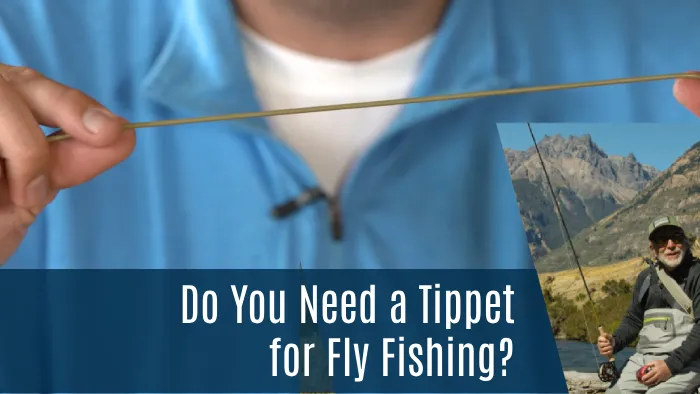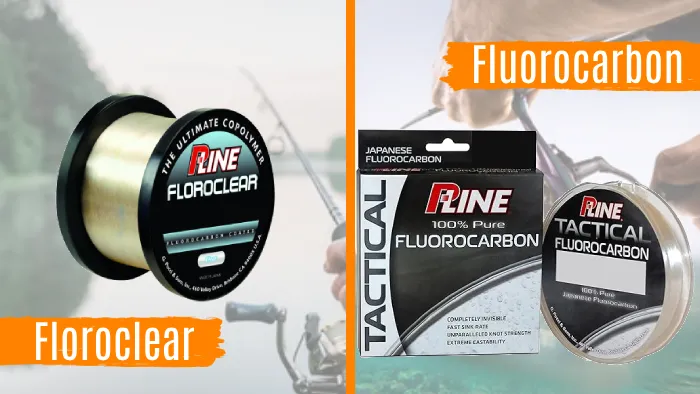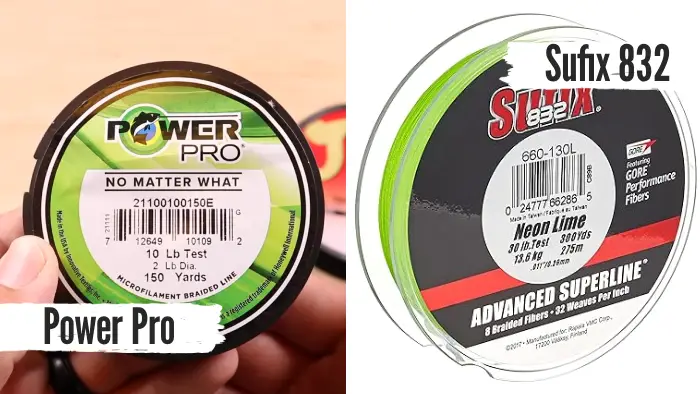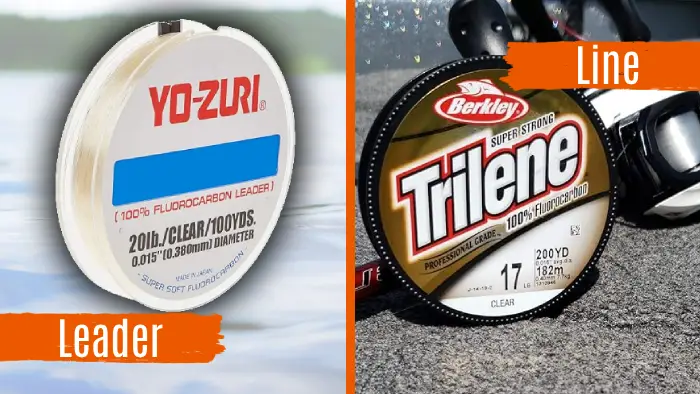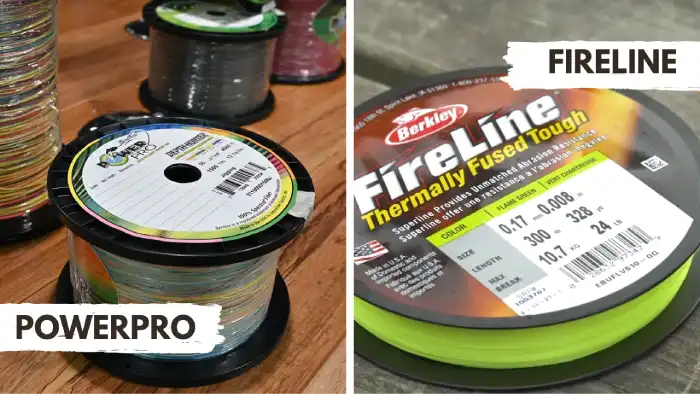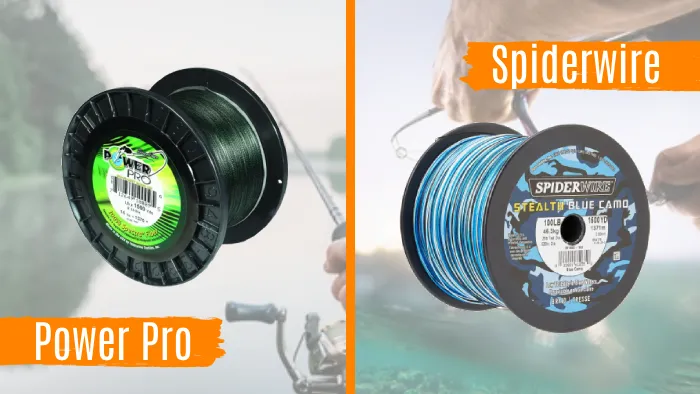Can You Put Braided Line on a Closed Face Reel: 6 Drawbacks
The braided line is a popular choice for many anglers, valued for its incredible strength, sensitivity, and casting distance. But when you want to try using it on a closed-face reel, you might wonder if it’s a suitable pairing.
In most cases, putting a braided line on a closed-face reel is not advisable. Closed-face reels are often beginner-friendly and are typically not designed for braided line use.
A braided line’s inherent thinness and lack of stretch can pose significant challenges when mated with a closed-face reel.
We’ll discuss in detail why braided lines and closed-face reels are not a good combination so you will have a better understanding of your fishing setup.
6 Reasons Why It Is Not Recommended Putting Braided Line on a Closed Face Reel
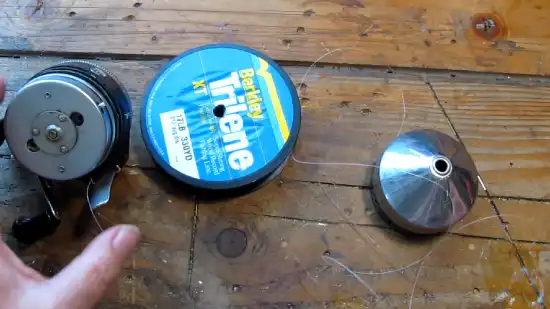
Using a braided fishing line on a closed-face reel isn’t recommended due to several factors.
- Gear damage
- Line burying
- Incompatible materials
- Tightened drag
- Line capacity
- Casting and Retrieval Issues
1. Gear Damage
To avoid gear damage, it isn’t recommended to use a braided fishing line with a closed-face reel. Spincast reels are typically designed to work best with monofilament lines, which have more stretch and are thicker compared to braided lines.
The unique characteristics of a braided line, such as its thinness and lack of stretch, can put excessive strain on the components of a closed-face reel. Over time, the braided line can wear down the gears and drag system of the reel faster because it’s so strong.
As a result of the smaller diameter of the braided line, the line can slip and tangle within the reel, resulting in further damage to the internal mechanisms.
2. Line Burying
When using a closed-face reel, it’s important to note that a braided fishing line isn’t recommended due to the issue of line burying. A braided line, with its thin and strong composition, tends to dig into the spool during a hookset. This can lead to various problems, including tangles and damage to the reel’s internal components.
Line burying occurs when the braided line gets trapped between the spool and the reel’s body, causing it to become embedded and tangled. This hinders the reel’s smooth operation and makes it difficult to retrieve the line.
The high strength and lack of stretch in braided lines exacerbate the issue of line burying, making it a poor choice for closed-face reels.
3. Incompatible Materials
A braided fishing line isn’t recommended for use on a closed-face spin cast reel due to the potential for incompatibility with the materials used in the reel’s construction.
Closed-face reels are typically made with plastic and lightweight alloys, which aren’t designed to withstand the abrasive nature of braided lines.
The tightly woven fibers of the braided line can cause excessive wear and tear on the reel’s components, leading to decreased performance and a shorter lifespan for the reel.
Additionally, the braided line’s high strength and low diameter can create additional pressure on the reel’s internal mechanisms, potentially causing it to malfunction or break.
4. Tightened Drag
Using a braided fishing line on a closed-face spincast reel with a tightened drag can increase the risk of damage. When the drag is tightened, the braided line can dig into itself, causing it to bury and become tangled. This can decrease line strength and potential breakage when fighting a fish.
The braided line is known for its high strength and low diameter, which can be advantageous in certain fishing scenarios. However, the tight drag on a closed-face reel can put excessive pressure on the line, causing it to dig in and compromise its integrity.
5. Line Capacity
Although it may be tempting to use the braided fishing line on a closed-face reel, it isn’t recommended due to its potential to reduce line capacity significantly.
Braided line has a smaller diameter compared to monofilament or fluorocarbon lines, which means that more fishing line can be spooled onto the reel. However, closed-face fishing reels are designed to accommodate the diameter of monofilament or fluorocarbon lines, and using braided lines can cause problems.
The smaller diameter of the braided line allows it to slip between the coils of the line already spooled on the reel, resulting in reduced line capacity. This can be problematic when targeting larger fish that require more line to be played out.
Therefore, it’s advisable to use monofilament or fluorocarbon lines on spincast reels to ensure optimal line capacity and performance.
6. Casting and Retrieval Issues
You may experience difficulties with casting and retrieving when using the braided line on a closed-face reel.
A braided line has a smaller diameter than monofilament or fluorocarbon lines, which can cause it to slip through the line guide or get tangled within the reel mechanism. This can result in poor casting distance and accuracy.
Additionally, the smooth surface of the braided line can cause it to slip on the spool during retrieval, leading to line twists and tangles. The lack of stretch in braided lines also means that any sudden force or jerks can cause backlash and knots.
How to Spool a Spinning Reel With Braided Fishing Line?
There are several important steps to follow to spool a spinning reel with a braided fishing line.
Step 1: Select the Right Line and Monofilament Backing
To begin spooling a spinning reel with a braided fishing line, choosing the right line weight and type for your fishing needs is important.
Consider the target species you’re after and the fishing conditions you’ll be facing. You may want a thicker and sturdier line for heavy-duty fishing, while lighter fishing requires a thinner and more flexible line.
Once you’ve chosen the right braided line, it’s time to attach a section of monofilament backing to your spinning reel. The amount of backing you need will depend on your spool’s capacity.
Use an arbor knot to secure the monofilament backing to your reel’s spool. Make sure the knot is tight and secure.
Step 2: Attach the Braided Line
Once the monofilament backing is secured to your reel, thread the tag end of your braided line through the rod guides.
Use a double uni knot to attach the braided line to the monofilament backing. This knot is a reliable and strong option for connecting two lines, and it will ensure that your braided line won’t slip or come loose during your fishing trip.
After you’ve attached the braided line, ensure that the knot is secure and trimmed close to the knot. Any excess line could cause snarls and knots while fishing, so cutting any extra line off is important.
Step 3: Close the Bail
One of the most important steps in spooling a spinning reel is to close the bail. This important action securely holds the fishing line on the spool and prepares the reel for casting and retrieving.
To close the bail on a spinning reel, simply flip the bail arm down until it clicks into place. This should keep the line securely in place so you can focus on your fishing technique.
Step 4: Apply Tension and Wind the Line
Before you start winding your line onto your spinning reel, apply gentle tension to the braided line. You can do this by holding the line with your hand or using a tensioning tool. This will keep the line taut and prevent any snarls or tangles from forming.
Start winding the braided line counterclockwise from its manufacturer’s spool onto the spool on your spinning reel. This will help prevent line twists and snarls while you’re fishing. Make sure to maintain even tension throughout the spooling process.
Step 5: Fill the Spool
Continue spooling the line until it is about 1/8 inch from the spool’s edge. Avoid overfilling the spool, as this can lead to casting and knotting problems.
If the spool is too full, the line may become tangled or snarled while you’re fishing, ruining your chances of catching a fish.
Step 6: Cut and Secure
Once you’ve filled the spool with your braided line, it’s time to cut the line near the manufacturer’s spool, leaving a tag end of about 1/8 inch.
Secure the tag end to the spool with a knot or a small piece of electrical tape. This will ensure that the line stays in place and won’t become loose during your fishing trip.
Step 7: Attach Leader and Lure and Test the Setup
After you’ve spooled your spinning reel with a braided fishing line, it’s time to attach a leader and the fishing lure or hook of your choice. Make sure to use appropriate knots or connections to ensure that everything is securely in place.
Before you head out to fish, it’s important to test your reel by making a few gentle casts. This will help you ensure that your line loads and releases properly without any issues like line twisting or tangling. By making sure that everything is working properly, you’ll set yourself up for success when you head out onto the water.
How do you know if your reel is compatible with a braided line?
To determine if your reel is compatible with the braided line, examine the manufacturer’s guidelines and specifications for the reel model you own. Manufacturers often provide information on the type and strength of the fishing line that works best with their reels.
If the guidelines do not mention a braided line or if you’re unsure, consider factors like the reel’s build quality and materials. High-quality reels with robust construction are more likely to handle a braided line effectively.
Additionally, reach out to fellow anglers and online fishing communities for their experiences and recommendations, as they can offer valuable insights into reel and line compatibility.
When should you not use a braided fishing line?
It’s best to avoid using braided fishing line in situations where clear water fishing is essential, as it tends to be more visible to fish due to its lack of natural camouflage. Additionally, a braided line can pose challenges if it backlashes, making it difficult to untangle.
In such scenarios, monofilament or fluorocarbon lines, which are less visible and more manageable, are often better choices.
However, braided line excels in other scenarios, such as when you need increased sensitivity or greater strength, so it’s crucial to consider your specific fishing conditions and goals when selecting your fishing line.
What size reel for a 30lb braid fishing line?
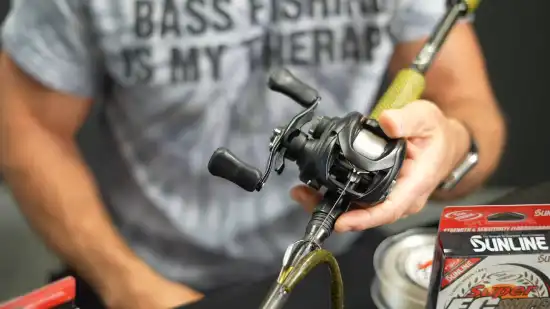
If you have a 30lb braided line for fly fishing in Wisconsin or in any other fishing area, an ideal reel size would be around 3500 or similar. This size provides a good balance of line capacity and versatility, making it suitable for catching big snook or redfish around mangroves or docks.
The 30-50lb braided line paired with a 3500-size spinning reel offers the strength and capacity to handle these larger fish in such environments. Remember to match your reel size to the type of fishing and target species for the best performance.
Reeling in Success: Optimize Your Fishing Gear and Tactics for the Ultimate Catch
Using the braided fishing line on a spin cast reel isn’t advisable due to potential casting and retrieval issues. As highlighted, this combination can lead to tangles, line burying, and even damage to your gear.
For smoother and more successful fishing experiences, consider the reel’s compatibility with braided line, the type of water you’re fishing in, and your target species.
Choosing the right setup, such as a 3500-size reel for a 30lb braided line when angling near mangroves or docks, ensures a balanced and effective approach.
If you’re knowledgeable about your fishing line and gear, it’ll enhance your chances of landing the big catch you’re after.


